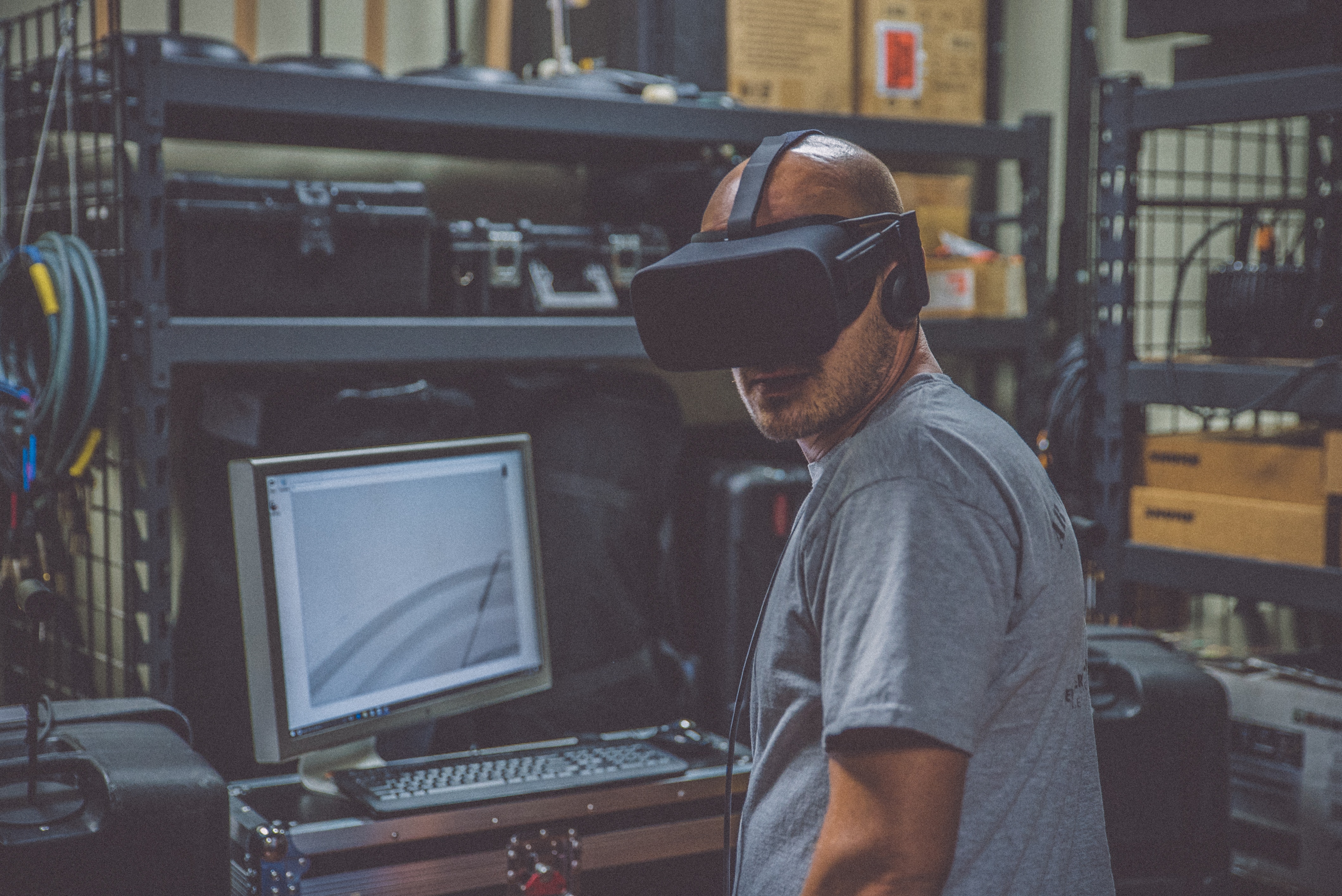Listen to this article:
|
|
I’m a graduating Nuclear Engineer. I’ve studied nuclear physics, radiation safety, waste management and other important concepts for the past four years. I even had the opportunity to work at Ontario’s largest and lowest-cost energy provider.
If there’s one thing I learned, it’s that safety is the most important value at a nuclear plant. It’s the responsibility of a nuclear engineer to ensure that the plant operates safely. That means minimizing (even eliminating) accidents, falls, ruptured vessels, radiation exposure and human performance errors.
Safety is so important that there’s countless annual and biennial conferences dedicated to it. Like this one. And this one. That one. You get it.

Nuclear energy is the safest source of clean, reliable energy. But we can always do better.
Further, nuclear energy workers rely on continuous access to instruction manuals and maintenance procedures. These plans and procedures must be adhered to ensure safe and efficient work. The U.S. Nuclear Regulatory Commission found that maintenance and work control errors were present in 76% of incident events at the Idaho National Engineering and Environmental Laboratory. This represents a significant contribution to risk at nuclear energy facilities.
22% of incidents caused by human error involved the loss of Emergency Core Cooling Systems in Nuclear Plants. (U.S. NRC)
How do we reduce human performance shortfalls and improve maintenance and operations safety? Enter Augmented Reality.
Introducing PARRS
PARRS is a Personal Augmented Reality Reference System that will completely revolutionize the way critical information is shared in the nuclear industry. PARRS will deploy a combination of augmented reality applications to empower the nuclear technician:
Radiation Dose Feedback
With LiDAR (Light Detection and Ranging) and radiation detectors, radiation mapping will provide maintenance technicians and operations crews with an understanding of localized radiation zones. Health physics staff can develop escape routes in the event of radiation accidents, and overlay virtual boundaries onto the augmented display.
Procedure Guidance and Object Identification
Visual guidance through interactive checklists, contextual menus and virtual support will support technicians as they complete their maintenance and operations tasks. Object identification and speech recognition algorithms will enhance the experience by reducing misidentified equipment and conducting Foreign Material Exclusion assessments.
Procedural error is responsible for at least 69% of unsafe conditions in Nuclear Plants (Paradies, Unger, & Ramey-Smith, 1991; West, Eckenrode, & Goodman, 1991). PARRS solves that.
PARRS will be an ongoing, continuously learning project. Our team includes nuclear engineering students and professors from the University of Ontario Institute of Technology in Canada. We’re passionate about the role that artificial intelligence, the internet of things, and computer vision will play in the nuclear industry.
Subscribe for our updates at parrs.nubitlabs.com!
#NuclearProud
Team PARRS.



 Nuclear Power Plants require a wide range of inspection technologies to ensure safe and reliable operation. The bulk of these systems involve specialized, non-destructive tooling, harnessing ultrasonic, eddy current, laser scanning, and visual inspection technologies. Additionally, inspection personnel are often required to work in environments with elevated risk of exposure to radiation. While the use of personal radiation detectors (called dosimeters) help to mitigate these risks, these devices only keep track of radioactive particles and waves in the vicinity of the employee.
Nuclear Power Plants require a wide range of inspection technologies to ensure safe and reliable operation. The bulk of these systems involve specialized, non-destructive tooling, harnessing ultrasonic, eddy current, laser scanning, and visual inspection technologies. Additionally, inspection personnel are often required to work in environments with elevated risk of exposure to radiation. While the use of personal radiation detectors (called dosimeters) help to mitigate these risks, these devices only keep track of radioactive particles and waves in the vicinity of the employee.